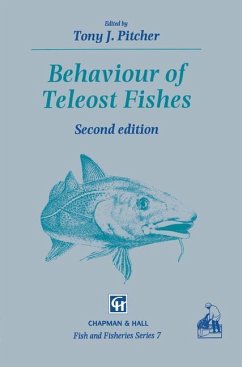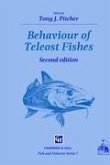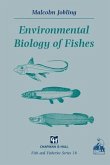This book is about the behaviour of teleosts, a well-defined, highly successful taxonomic group of vertebrate animals sharing a common body plan and forming the vast majority of living bony fishes. There are over 22000 living species of teleosts, including nearly all the fish of importance in commercial fisheries and aquaculture. Teleosts are represented in just about every conceivable aquatic environment from temporary desert pools to the deep ocean, from soda lakes to sub-zero Antarctic waters. Behaviour forms the primary interface between these effective survival machines and their environ ment; behavioural plasticity is the key to the success of the teleost fishes. In the decade before the publication of the first edition of this book (1986) the study of animal behaviour underwent revolutionary changes under the dual impact of the new fields of behavioural ecology and sociobiology. Quantitative, experimentally-verifiable hypotheses about why individual animals behave were formulated for the first time and met with considerable success. Much of the early work in these new fields concentrated on birds and mammals, but material presented in the first edition of this book helped to demonstrate that fish behaviour is not just a simplified version of that seen in birds and mammals. but obeys the same ecological and evolutionary rules. In the five years since the first edition. much of the early theory has matured: optimal solutions to the problems of feeding and mating require subtle trade-offs of energy balance.
Hinweis: Dieser Artikel kann nur an eine deutsche Lieferadresse ausgeliefert werden.
Hinweis: Dieser Artikel kann nur an eine deutsche Lieferadresse ausgeliefert werden.








